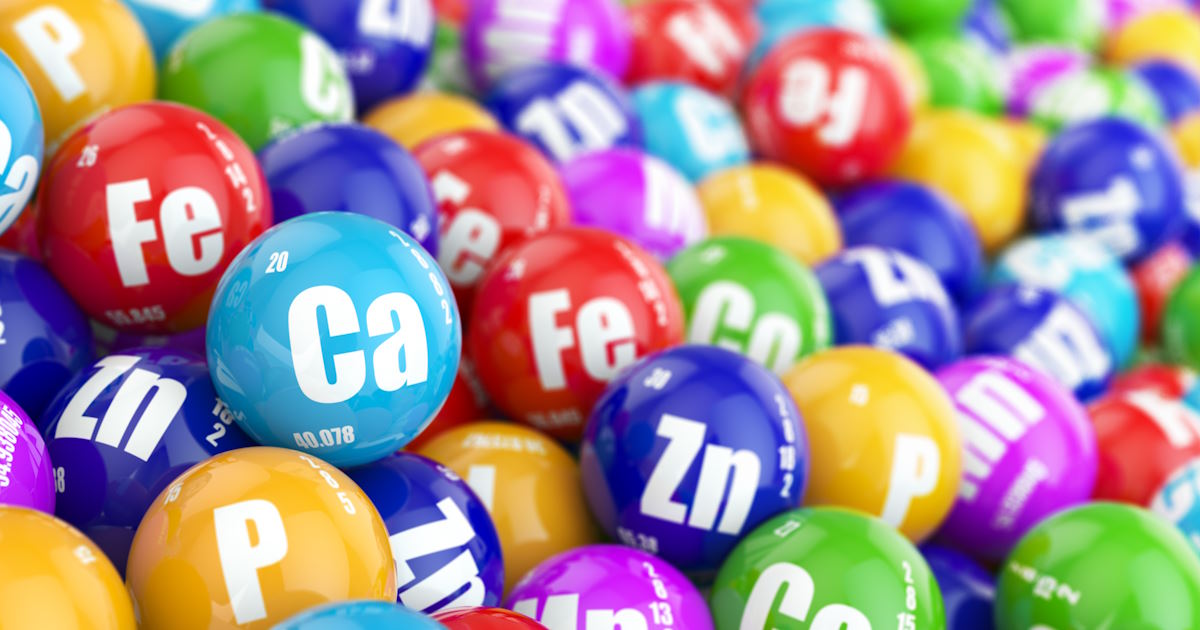Is your industrial wastewater treatment biomass not performing up to par? Does it struggle to effectively eliminate organic matter and ammonia? If so, it might be in need of micronutrients. A thriving aerobic biological system relies on several key components, including dissolved oxygen, macro-nutrients (such as ammonia and phosphorus), optimal temperature, and pH balance. However, in the context of industrial wastewater treatment, biomass often lacks the essential micronutrients. This article outlines how to determine if your biomass is deficient in micronutrients and explains how liquid micronutrient supplements can significantly enhance biomass performance.
Understanding Micronutrients and Their Role in Industrial Wastewater Treatment
Micronutrients encompass a range of essential metals, including calcium, potassium, iron, sulfur, sodium, magnesium, zinc, copper, manganese, cobalt, selenium, nickel, and molybdenum. These elements are required in small quantities to support the biological activities within bacterial cells. They play a vital role in facilitating bacterial enzymes, which, in turn, aid in the decomposition of organic matter.
Each micronutrient serves a specific function within the bacterial cell, collectively enabling it to operate more efficiently. This heightened efficiency translates to increased removal of organic matter and ammonia with a reduced biomass load. Micronutrients empower the inner core of the floc particle and facultative bacteria, often operating under anoxic conditions due to the depletion of dissolved oxygen on the bacterial cell’s outer surface. This enables the removal of acetic acid, subsequently reducing oxygen demand and curbing new cell growth.
Precise control of micronutrient quantities is crucial to avoid adverse outcomes. A deep understanding of the micronutrient composition within the biomass is essential.
While micronutrients promise enhanced biological activity, their introduction alone doesn’t guarantee bioavailability. Metal ion solubility, notably for iron, zinc, copper, and cobalt, is critical. pH adjustments with lime can inadvertently precipitate these metals as hydroxides. Additionally, trace elements as cations can hinder bacterial absorption.
Micronutrient interactions add complexity, potentially leading to deficiencies. Competitive dynamics within cells or binding sites may occur, allowing certain metals to chelate and remove toxins.
Introducing additives at the right treatment point is paramount. Providing bacteria sufficient time for effective utilization is critical. It’s not just about adding micronutrients; it’s about optimizing conditions for desired impacts on biological processes.
How To Use Micronutrients Effectively
The mixed liquor bacteria must be analyzed to determine the correct micronutrients to add and their concentrations. The analysis is performed on a washed biomass sample where deionized water is used to wash minerals from the bacteria cell and then analyze the deionized water for micronutrient metals. The result is a report, as shown below, that provides the required content, measured content, and measured concentration. The laboratory also provides comments on the severity of the deficiency.

With the mineral scan, a complete list of deficiencies and their concentrations can be provided to a vendor that will prepare a 250-gallon tote with the proper blend of micronutrients and concentrations. The vendor also provides a schedule for adding the micronutrient blend, usually 30 to 50 gallons initially, followed by a smaller amount over the next several days, down to one gallon per day.
Case Study Demonstrates Improved Performance
The strategic incorporation of micronutrients into a leachate treatment plant resulted in remarkable improvements for one of U.S. Water’s industrial clients. The table below lists the date range of each operational period along with the average daily flow, daily ammonia loading, aeration dissolved oxygen, and pH range. The first two are examples of treatment plant operations without micronutrients. The treatment plant’s highest sustainable daily flow was 83,520 gallons/day, with an ammonia loading of around 873 lbs. Any loading higher than that caused residual ammonia accumulation and eventual discharge permit violation. The third table row demonstrates the increased ammonia loading and daily flow achieved with the addition of micronutrients. The dissolved oxygen and pH ranges demonstrate that all the operational periods had ideal conditions for nitrification.
| Date Range | Using Micronutrients? | Avg. Daily Flow(gallons/day) | Avg. Ammonia Loading (lbs/day) | Avg. Aeration Tanks DO (mg/L) | Minimum pH | Maximum pH |
| 7/9 to 8/28 | No | 77,760 | 636 | 2.65 | 7.2 | 7.5 |
| 8/28 to 10/16 | No | 83,520 | 873 | 2.45 | 7.2 | 7.3 |
| 12/9 to 1/2 | Yes | 97,920 | 881 | 2.65 | 7.2 | 7.4 |
Conclusion
Micronutrients play an essential role in maintaining the health of treatment plant bacteria. When treatment plant performance is poor, micronutrients can boost your biological system and allow the system to operate at a higher efficiency level. Contact U.S. Water’s technical support group today to discuss an evaluation of your facility’s treatment process.




